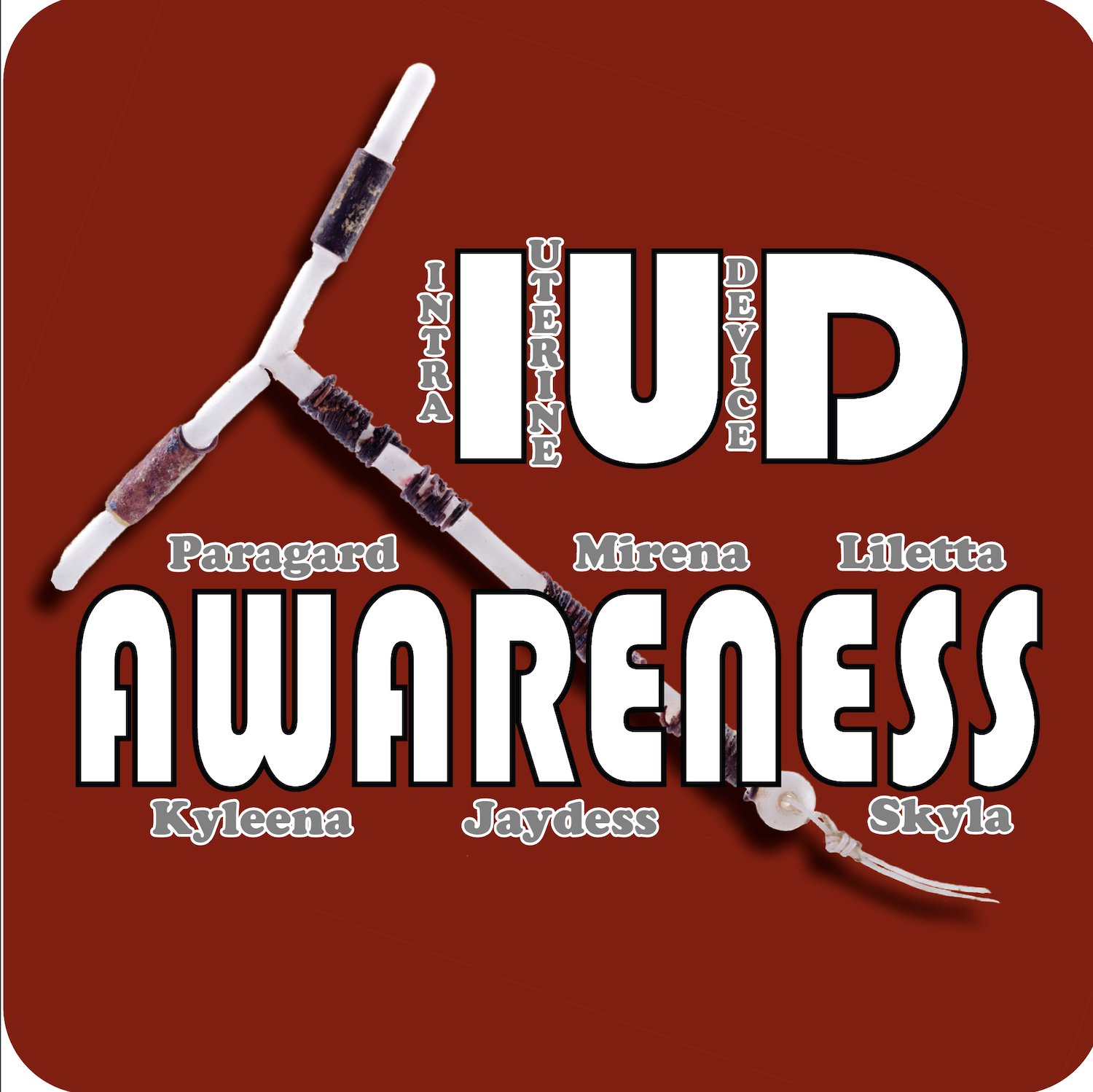17 Things You Absolutely Should Know Before Getting the Paragard Copper IUD
/“10. Insertion can vary from feeling like an uncomfortable pinch to being very painful, but removal is generally a breeze.
During your IUD insertion, your medical practitioner will insert a speculum into your vagina, clean your vagina and cervix, then place the IUD, according to the Mayo Clinic. They do this by putting the device into an applicator tube, pushing the tube into your vagina and through your cervix, then releasing the IUD into your uterus. Once the IUD is in there, its wings will extend so it can assume its T shape, and it will start its pregnancy-preventing ways. Like all IUDs, the copper version has little fishing-wire-esque strings that hang down through your cervix.
People can experience a wide range of sensations during IUD insertion. Some have described the process as “[a] few seconds of discomfort,” others like “sharp, intense, nausea-inducing pain.” You can ask your doctor about which pain medication they recommend taking before and after the procedure, since you may experience some residual cramping. Your provider may also be able to offer medications to help your cervix open or to try to numb it instead, although getting those drugs doesn’t necessarily mean you’ll completely bypass any pain or discomfort.
11. After you get the copper IUD, you might have worse periods than before, and this effect may or may not last.
Let’s talk about possible copper IUD side effects. The copper IUD might increase your period pain and bleeding or cause bleeding between periods, the ACOG says. That’s why it’s not recommended for people with conditions like endometriosis that can already cause heavy and painful periods, Dr. Shirazian says.
Some methods of birth control only seem to make your period worse because they’re not improving it, but the copper IUD can actually drive up bleeding and pain in some people. This is because of the local inflammation it causes in your uterus, Dr. Shirazian says, which can lead to extra irritation and blood.
Everyone is different, and if you experience this copper IUD side effect, it’s hard to predict how long it will last. The good news is that for many people, this issue goes away or at least decreases after using the IUD for a year, the ACOG says. If you’re at all concerned about how your period might change with the copper IUD, this is definitely something to bring up with your doctor.”









